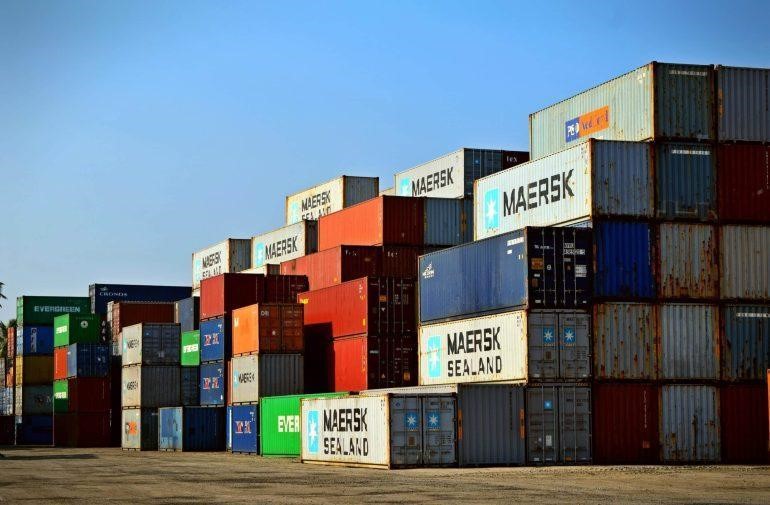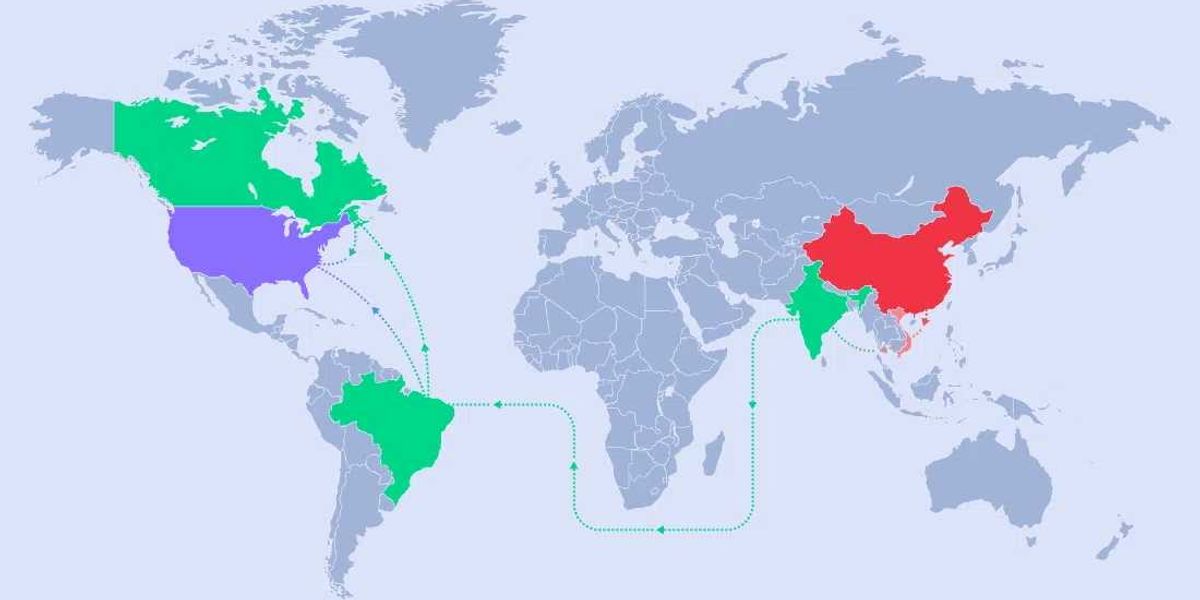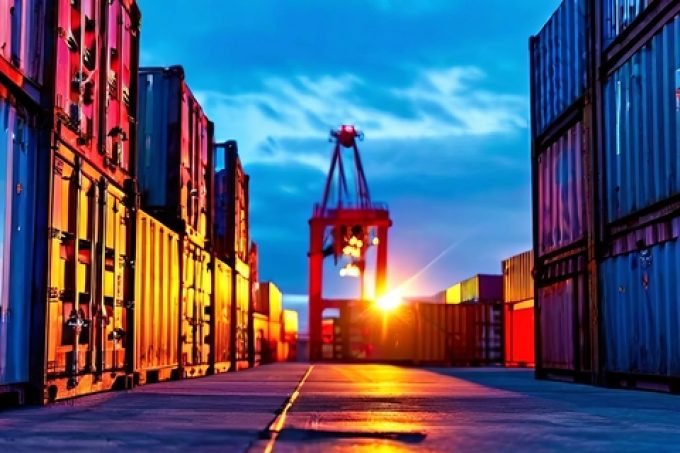Maersk has unveiled a comprehensive plan to expand its presence in India, pledging $2 billion (Rs 17,000 crore) in port infrastructure, fleet localization, and supply chain development. The announcement was made during India Maritime Week 2025, underscoring the company’s long-term commitment to strengthening India’s role in global trade.
Read also: Maersk announces a significant reduction in US import duties
Pipavav expands to anchor growth
At the heart of the strategy is a memorandum of understanding signed between APM Terminals Pipavav and the Gujarat Maritime Board to expand the Pipavav port. The proposed investment, conditional on a long-term concession agreement, will significantly enhance the port’s capacity to handle containerized and liquid cargo, while improving intermodal connectivity with India’s dedicated shipping corridor and national logistics network.
“This investment plan is not just about expanding Pipavav Port, it is about opening up new opportunities for Gujarat, India and global trade,” said John Goldner, CEO of APM Terminals, Asia and Middle East. “In line with the vision of Prime Minister Shri Narendra Modi, we are working to build capacity, resilience and sustainability to serve the Indian economy for decades to come.”
Strengthening the marine ecosystem in India
As part of its localization drive, Maersk has registered Maersk Bharat IFSC Pvt. Ltd. at GIFT City IFSCA, Gujarat, and re-flagged two ships – Maersk Vigo and Maersk Vilnius – Under the Indian flag. This step is in line with India’s endeavor to grow its domestic fleet and enhance supply chain flexibility.
Maersk is also deepening its cooperation with Indian shipyards in repair, maintenance and new construction. The company has signed several memorandums of understanding to support the development of technical capabilities, knowledge transfer, and skills building in line with international operational standards.
Investing in local manufacturing and innovation
In a bid to boost local manufacturing, Maersk is exploring container production partnerships with Indian companies. The company shares its technical specifications to help local manufacturers meet global quality standards and build a roadmap for ‘Made in India’ seaworthy containers.
“India has significant infrastructure capabilities that Maersk would like to leverage,” said Ahmed Hassan, head of asset strategy at AP Moller – Maersk. “By flagging ships in India, manufacturing containers locally, and involving Indian shipyards in maintenance, we are investing in India’s maritime ecosystem and demonstrating our confidence in its technical talent.”
Alignment with India’s Maritime Vision 2030
The initiatives advance the goals of India’s Maritime Vision 2030, a national roadmap that aims to develop world-class mega ports, modern transportation hubs, and upgraded maritime infrastructure through investments exceeding INR 1.25 trillion.
Maersk’s commitment comes amid increasing international involvement in India’s maritime expansion. CMA CGM, another global leader in container shipping, recently signed a letter of intent with Cochin Shipyard Limited to build six dual-fuel LNG container ships – the first such order by a major international airline with an Indian shipyard. Each 1,700 TEU vessel will fly the Indian flag and is expected to be delivered between 2029 and 2031.
Building a naval force
With 95% of India’s trade by volume and 70% by value moving through its sea routes, Indian ports play a crucial role in the global logistics network. The joint efforts of Maersk, CMA CGM and local stakeholders signal a new phase in India’s emergence as a maritime manufacturing and logistics powerhouse, placing the country at the heart of resilient, low-carbon global trade routes.










